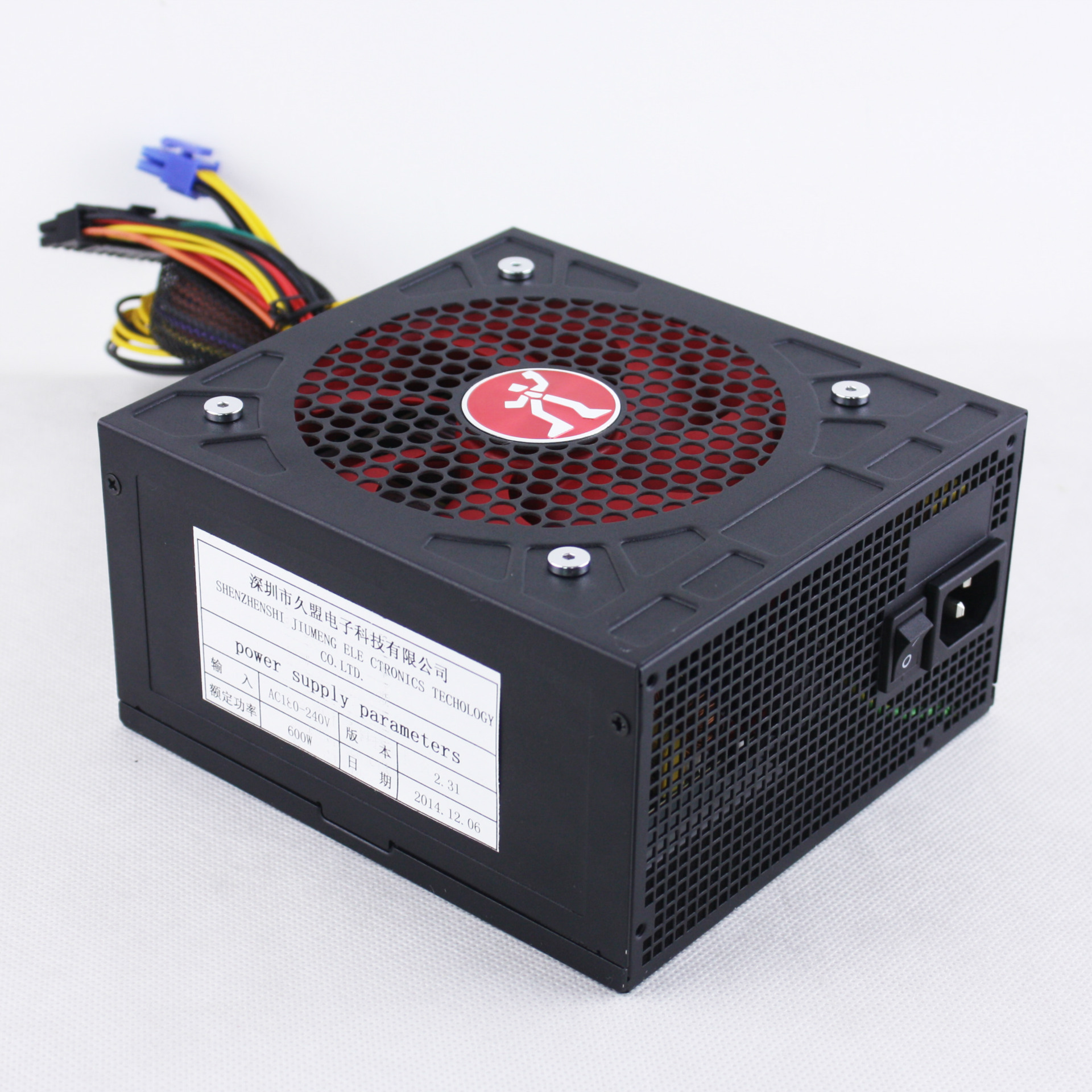
The full English name of PFC is "Power Factor Correction". A computer switching power supply is a capacitive input circuit. Since the maximum current and maximum voltage of AC power do not occur at the same time, the product of the power calculation formula "current x voltage" does not equal the power of the current work. In this case, we also need to multiply it by a coefficient, This coefficient is PFC, also known as power factor correction, and its value range is between 0 and 1. Basically, power factor can measure the degree to which electricity is effectively utilized, and the larger the power factor value, the higher its electricity utilization rate. There are currently two types of PFC, one is passive PFC (also known as passive PFC) and active PFC (also known as active PFC).
Passive PFC is usually a large inductor composed of multiple silicon steel sheets wrapped with copper wires. Its principle is to use inductance compensation method to reduce the phase difference between the fundamental current and voltage of the AC input to improve the power factor. The power factor of passive PFC is not very high, can only reach 0.7-0.8, so its efficiency is relatively low and its heat generation is also relatively large. Passive PFC is not without its advantages, as it has a simple structure and good stability, making it more suitable for mid to low-end power supplies.
Passive LED power supply
Active PFC is mainly composed of high-frequency inductors, switching tubes, capacitors, and control ICs. It can be simply summarized as a boost type switching power supply circuit. The characteristic of this circuit is its complex structure, but it has many advantages: high power factor of 0.99, low loss and high reliability, input voltage can range from 90V to 270V (wide input), etc. Due to the small ripple of the output DC voltage, Therefore, using an active PFC power supply does not require the use of large capacity filtering capacitors.

Active power supply
However, it should also be noted that "power factor" does not necessarily equate to "conversion efficiency". Some businesses now interpret the active 0.99 power factor as being able to achieve 99% power conversion efficiency, which is clearly incorrect. Although both describe the concept of energy conservation, their meanings are different for individuals. A high power factor in PFC saves money for the country, while a high conversion efficiency saves money for users.